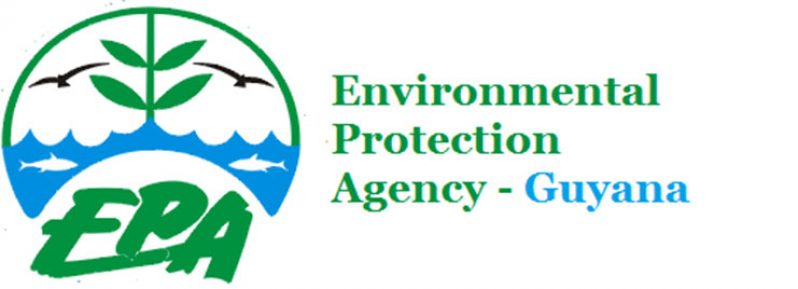ANNUALLY on September 16, we celebrate World Ozone Day. World Ozone Day is a direct result of the Montreal Protocol, which is one of the most significant environmental treaties. The Montreal Protocol successfully committed 197 of the world’s nations, including Guyana, to cooperate in phasing out the use of Ozone- depleting substances in 1987.
In 1970, scientists discovered that there was a hole in the Ozone Layer above Antarctica. The main cause for depletion of the layer was chemicals such as Chlorofluorocarbons (CFCs) and other man-made chemicals found in spray cans, coolants in refrigerators and air-conditioning system. A lot of the ozone-depleting substances were also made in fire extinguishers and pesticides. CFCs were substituted with Hydrochlorofluorocarbons (HFCs) and the United Nations is working hard to phasing out HFCs for more ozone-friendly substances.
WHAT IS THE OZONE LAYER?
 The Ozone layer is a thin invisible in the atmosphere which plays an important role in protecting life on Earth by absorbing the sun’s harmful Ultraviolet (UV) rays. High levels of UV can lead to reddening and burning of the skin and has a direct link to skin cancer. In addition, UV rays can affect our eyes causing Cataracts, which can lead to blindness. Without the Ozone Layer, radiation would affect plant growth and would threaten the growth of plankton, tiny organisms in the surface of the ocean that are the base of marine food chains. Excessive exposure to UVB rays can also lead to an overall weakened immune system. Scientists agree that without the ozone layer, life on Earth would cease to exist.
The Ozone layer is a thin invisible in the atmosphere which plays an important role in protecting life on Earth by absorbing the sun’s harmful Ultraviolet (UV) rays. High levels of UV can lead to reddening and burning of the skin and has a direct link to skin cancer. In addition, UV rays can affect our eyes causing Cataracts, which can lead to blindness. Without the Ozone Layer, radiation would affect plant growth and would threaten the growth of plankton, tiny organisms in the surface of the ocean that are the base of marine food chains. Excessive exposure to UVB rays can also lead to an overall weakened immune system. Scientists agree that without the ozone layer, life on Earth would cease to exist.
How does it relate to climate change?
Similar to the man-made substances that created the hole in the Ozone Layer, it is important to note that high levels of carbon dioxide created by fossil fuels lead to global warming and man-made climate change. World Ozone Day reminds us that it is possible for the international community to come together to solve global challenges. Just as the Montreal Protocol brought the world together to prevent the loss of our Ozone, we can come together to create policies to reduce greenhouse gases that cause climate change.
Climate change is making the Earth warmer. As a result, citizens need to protect themselves against strong UV rays. One of the things they can do is avoid being outside during the hours of 10:00hrs to 16:00hrs; this is when the sun’s rays are the strongest. All citizens, young and old, should protect their eyes by using sunglasses with 100 percent UV protection. It is also encouraged that you wear protective clothing and a broad-brimmed sun hat.
In addition, Guyana has taken action to retrofit refrigerators to convert to non-CFC emissions coolants. Under the National Ozone Action Unit, we successfully phased out CFCs in 2008. It is expected that Hydro- chlorofluorocarbons will be reduced by 97.5 percent from current consumption by 2030. The ozone layer has been restoring with the international community and scientists helping to lead this effort. As we move forward, we are hoping that these groups can use the Montreal Protocol as a guide on future environmental treaties, especially as it relates to man-made climate change.
At the Environmental Protection Agency (EPA), we believe it is important to celebrate World Ozone Day because it brings educational awareness to the importance of the Ozone Layer. It is an important day to celebrate because countries around the globe signed the Montreal Protocol, and as a result, the Ozone Layer is healing itself. The treaty also led to the creation of the National Ozone Action Unit (NOAU) in Guyana which is a part of the Hydromet Office, Ministry of Agriculture.
This year, the agency has partnered with the NOAU to execute a number of activities to raise awareness, these include workshops for children and teachers in Region Six. Please tune into your radio and televisions for public service announcements.
Happy World Ozone Day!
You can share your ideas and questions by sending letters to: “Our Earth, Our Environment”, C/O ECEA Programme, Environmental Protection Agency, Ganges Street, Sophia, Georgetown, or email us at eit.epaguyana@gmail.com or follow us on Facebook and Instagram.




.png)









